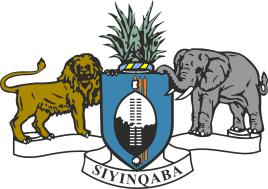

Swaziland, located in the southeast of Africa, is a land locked country, surrounded by South Africa in the north, West and south, and adjacent to Mozambique in the East, located in the southeast edge of the South African plateau, the east slope of the Drakensberg mountains.
Most of the territory of Swaziland consists of three levels of plateaus extending from north to south, rising from 100 meters above sea level to 1800 meters from east to west, forming a three-level ladder like zone with roughly equal area with many rivers. The eastern border is mountainous. The river has many rocky beaches, belongs to subtropical climate.
Swaziland's per capita GDP ranks first in black African countries, and is listed as a lower middle income country by the world bank. It pursues a free market economy, attaches importance to the use of private and foreign capital, and encourages exports. Due to the high degree of economic openness and the export of agricultural products, economic growth is greatly affected by climate conditions and changes in the international market.
